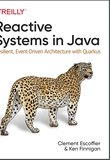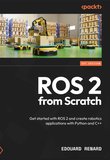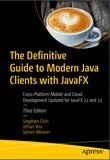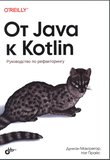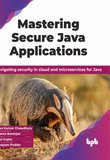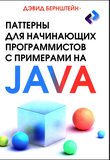-
.NET (.NET Core)
-
1C
-
APL
-
AWK
-
Agda
-
Agile/Scrum
-
Alef
-
Assembler
-
Basic
-
Beta Programming Language
-
Big Data/DataScience
-
C
-
C#
-
C++
-
CSS
-
Cobol
-
Crystal
-
D
-
Dart
-
DataBase (SQL)
-
Delphi
-
F#
-
Flutter
-
Fortran
-
GPT/AI/ИИ
-
GameDev
-
Git
-
Go (Golang)
-
HTML
-
Hacking and Security
-
Haskell
-
Java
-
JavaScript (JS)
-
Julia
-
Kotlin
-
Machine Learning (ML)
-
Natural language processing (NLP)
-
PHP
-
Pascal
-
Python
-
R
-
Ruby
-
Rust
-
Scratch
-
Swift
-
UML
-
UX/UI
-
Visual Basic
-
XML
-
АСУ
-
Проектирование/System Design
-
Сети/Network
-
Схемотехника/электронные схемы
-
.NET (.NET Core)
-
1C
-
APL
-
AWK
-
Agda
-
Agile/Scrum
-
Alef
-
Assembler
-
Basic
-
Beta Programming Language
-
Big Data/DataScience
-
C
-
C#
-
C++
-
CSS
-
Cobol
-
Crystal
-
D
-
Dart
-
DataBase (SQL)
-
Delphi
-
F#
-
Flutter
-
Fortran
-
GPT/AI/ИИ
-
GameDev
-
Git
-
Go (Golang)
-
HTML
-
Hacking and Security
-
Haskell
-
Java
-
JavaScript (JS)
-
Julia
-
Kotlin
-
Machine Learning (ML)
-
Natural language processing (NLP)
-
PHP
-
Pascal
-
Python
-
R
-
Ruby
-
Rust
-
Scratch
-
Swift
-
UML
-
UX/UI
-
Visual Basic
-
XML
-
АСУ
-
Проектирование/System Design
-
Сети/Network
-
Схемотехника/электронные схемы
Меню
Java Programming Made Easy: Unlock Your Coding Potential from Scratch
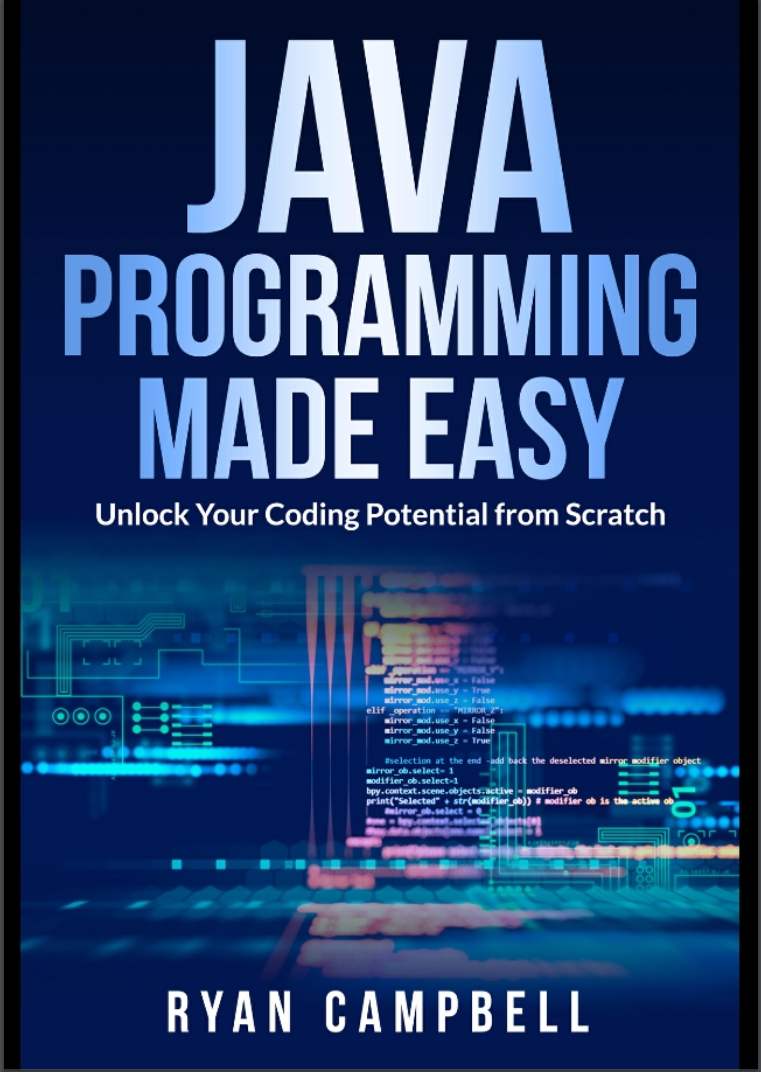
Автор: Campbell Ryan, Scott Craig
Дата выхода: 2023
Издательство: Independent publishing
Количество страниц: 112
Размер файла: 6,8 МБ
Тип файла: PDF
Добавил: codelibs
INTRODUCTION TO JAVA PROGRAMMING
CHAPTER 1: SETTING UP YOUR JAVA DEVELOPMENT ENVIRONMENT
1.1 Why a Proper Development Environment Matters
1.2 Installing the Java Development Kit (JDK)
1.3 Choosing an Integrated Development Environment (IDE)
1.4 Configuring Your IDE
1.5 Creating Your First Java Project
1.6 Ready for the Java Journey
CHAPTER 2: UNDERSTANDING VARIABLES AND DATA TYPES
2.1 Introduction to Variables
2.2 Primitive Data Types
2.3 Reference Data Types
2.4 Type Casting
2.5 Choosing the Right Data Type
2.6 Ready to Harness the Power of Variables and Data Types
CHAPTER 3: CONTROL FLOW: CONDITIONALS AND LOOPS
3.2 Introduction to Loops
3.3 Breaking and Skipping Loop Iterations
3.4 Nested Loops
3.5 Ready to Take Control of Your Code
CHAPTER 4: ARRAYS AND ARRAYLISTS: WORKING WITH COLLECTIONS
4.1 Introduction to Arrays
4.2 Working with ArrayLists
4.3 Common Operations on Collections
4.4 Enhance Your Programs with Collections
CHAPTER 5: OBJECT-ORIENTED PROGRAMMING PRINCIPLES
5.1 Introduction to Object-Oriented Programming (OOP)
5.2 Creating Classes and Objects
5.3 Applying OOP Principles in Practice
5.4 Embrace the Power of OOP
CHAPTER 6: CLASSES AND OBJECTS: BUILDING THE FOUNDATION
6.1 The Essence of Object-Oriented Programming
6.2 Creating Classes: Blueprints for Objects
6.2.1 Class Structure and Syntax
6.2.3 Member Methods: Enabling Object Behaviors
6.3 Creating Objects: Instances of Classes
6.3.1 Instantiating Objects
6.3.2 Accessing Member Variables and Invoking Methods
CHAPTER 7: INHERITANCE AND POLYMORPHISM: EXTENDING FUNCTIONALITY
7.1 Understanding Inheritance
7.2 Syntax of Inheritance
7.3 Polymorphism
7.4 Method Overloading and Overriding
7.5 Inheritance and Polymorphism in Practice
7.6 The Power of Inheritance and Polymorphism
7.7 Conclusion
CHAPTER 8: EXCEPTION HANDLING: DEALING WITH ERRORS
8.1 Understanding Exceptions
8.2 Try-Catch Blocks
8.3 Finally Block
8.4 Types of Exceptions
8.5 Custom Exceptions
8.6 Best Practices
CHAPTER 9: FILE HANDLING: READING AND WRITING DATA
9.1 Understanding File Handling
9.2 Opening and Closing Files
9.3 Reading Data from Files
9.4 Writing and Appending Data to Files
9.5 Dealing with CSV Files
9.6 Error Handling in File Operations
9.7 Working with File Paths
9.8 Best Practices
CHAPTER 10: INTRODUCTION TO GUI PROGRAMMING WITH JAVAFX
10.1 What is JavaFX?
10.2 Setting Up Your Environment
10.3 Understanding the JavaFX Architecture
10.4 Layouts and Controls
10.5 Event Handling
10.6 Styling with CSS
10.7 Scene Builder
CHAPTER 11: EVENT HANDLING AND USER INTERACTION
11.1 What is Event Handling?
11.2 Button Click Event in JavaFX
11.3 Event Handler for TextField
11.4 Mouse Events
11.5 Understanding Event Types
11.6 Event Propagation
CHAPTER 12: WORKING WITH DATABASES: JDBC AND SQL
12.1 Understanding Databases and SQL
12.2 Introduction to JDBC
12.3 Setting Up a Database Connection
12.4 Executing SQL Statements
12.5 Processing Result Sets
12.6 Inserting, Updating, and Deleting Records
12.7 Handling Exceptions
12.8 Best Practices
CHAPTER 13: MULTITHREADING: CONCURRENT PROGRAMMING IN JAVA
13.1 What is a Thread?
13.2 Creating a Thread in Java
13.3 Thread States and Life Cycle
13.4 Thread Synchronization
13.5 Thread Communication
13.6 Thread Pool
CHAPTER 14: ADVANCED TOPICS: GENERICS, LAMBDA EXPRESSIONS, AND STREAMS
14.1 Generics
14.2 Lambda Expressions
14.3 Streams
14.4 Digging Deeper into Generics
14.5 Lambda Expressions and Functional Interfaces
14.6 Advanced Stream Operations
CHAPTER 15: UNIT TESTING AND DEBUGGING: ENSURING CODE RELIABILITY
15.1 The Importance of Testing
15.2 Unit Testing with JUnit
15.3 Debugging
15.4 Writing Effective Unit Tests
15.5 Advanced Debugging Techniques
15.6 Automating Testing with Continuous Integration
Conclusion
References
What will you learn:
- Understanding the basics of the Java language and the principles of OOP.
- Working with classes, objects, inheritance, polymorphism and interfaces.
- Using the capabilities of data structures, arrays and collections for effective data management.
- Implementation of file I/O for application interaction with external data.
- Event handling and creation of interactive applications.
- Interaction with databases using JDBC and SQL.
- The world of parallel programming using multithreading.
- Familiarize yourself with advanced topics such as generics, lambda expressions and streams.
- Learn the art of writing reliable code through unit testing and debugging.
